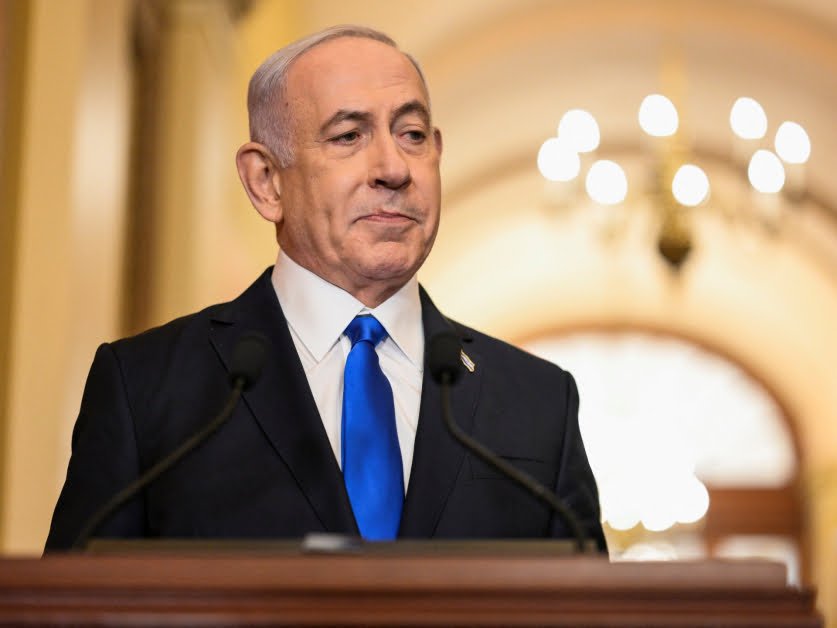Israeli Prime Minister Benjamin Netanyahu’s recent address to the US Congress amid the ongoing conflict in Gaza has sparked international attention once again. Netanyahu defended Israel’s actions during the war, highlighting the need for security control over Gaza post-war. However, his speech raised questions about the accuracy of his claims. Let’s delve into the key points of Netanyahu’s speech and fact-check the validity of his statements.
Addressing the Rafah Attacks
Netanyahu: Netanyahu claimed that very few civilians were killed during Israel’s incursion into Rafah, citing a specific number of terrorists eliminated.
The Reality: Contrary to Netanyahu’s assertion, a significant number of civilians, including children, lost their lives in the Rafah massacre. The UN described the situation in Rafah as catastrophic, with thousands of Palestinians seeking refuge in the area.
Aid Trucks to Gaza
Netanyahu: The Prime Minister stated that Israel had facilitated the entry of over 40,000 aid trucks into Gaza, ensuring ample food supplies for the population.
The Facts: Initially, Gaza faced severe restrictions on essential supplies, including food and medicine, during the conflict. While aid deliveries increased later, the situation on the ground did not align with Netanyahu’s optimistic portrayal, as famine spread across Gaza.
Allegations of Anti-Israel Protests
Netanyahu: Accused Iran of funding anti-Israel protests in the US, labeling protesters as pawns of Tehran.
The Truth: Netanyahu’s claims lacked evidence of direct Iranian funding for protests. While there were reports of Iran seeking to influence global affairs, the specifics of financial backing remained unsubstantiated.
Targeting Civilians
Netanyahu: Defended Israel against allegations of civilian targeting, highlighting efforts to warn and protect civilians.
Reality Check: Reports indicated that a significant portion of Gaza was deemed unsafe for civilians by the Israeli military. Evacuation orders often led to civilian casualties, raising concerns about the protection of non-combatants in the conflict.
Ceasefire Negotiations
Netanyahu: Stated that the conflict could end if Hamas surrenders, disarms, and releases hostages, emphasizing Israel’s commitment to defeating Hamas.
Verification: Netanyahu’s stance on requiring Hamas’s destruction for a ceasefire raised doubts about the feasibility of a peaceful resolution. Hamas has offered peace deals in the past, but Israel’s distrust and insistence on complete disarmament have hindered progress.
Netanyahu’s speech to the US Congress presented contentious claims that require scrutiny and fact-checking. The ongoing conflict in Gaza underscores the complexities and challenges surrounding the Israeli-Palestinian issue, calling for a balanced approach to address the root causes and promote lasting peace in the region.


